Description
Whole Wheat – The Strength of Indian Kitchens
If rice is the heartbeat of South India, wheat is the soul of North India. 🌾
Whole wheat (முழு கோதுமை) is not just a grain – it’s a way of life for millions. Every day in Punjab, Haryana, Rajasthan, and Uttar Pradesh, families start their mornings with freshly rolled rotis or parathas smeared with a dollop of warm, homemade ghee. The soft bread, the comforting aroma, and the warmth it gives the body… this is why wheat has remained their daily staple for generations.
Why North Indians Prefer Wheat
-
Climate & Body Warmth – Wheat is naturally “heat-giving” (உடல் சூடு தரும்) according to traditional Indian food wisdom. In colder states, this heat helps keep the body warm, especially during winter. Rice, on the other hand, is “cooling” and better suited to hot, humid climates like in South India.
-
Energy for Hard Work – Wheat is high in complex carbohydrates and protein, giving long-lasting energy for farming, labor, and outdoor work — common in North Indian rural life.
-
Perfect with Ghee – Adding ghee to rotis doesn’t just make them soft and tasty — ghee also balances wheat’s heat nature and makes it easier to digest. This is why you’ll rarely see a North Indian roti served without a touch of ghee.
-
Food Culture & Tradition – For centuries, wheat fields have been the pride of Punjab and Haryana. Food habits passed from generation to generation keep wheat as the hero of their meals.
Why South Indians Prefer Samba Wheat Instead
In South India, rice dominates, but when people choose wheat, it’s often Samba wheat — a smaller, harder grain that digests slowly and has a lower glycemic index. This makes it a better choice for weight management and diabetes control. Samba wheat is also cooling compared to regular wheat, which suits warmer climates.
Comparison Table: Whole Wheat vs. Samba Wheat
| Feature | Whole Wheat (North India) | Samba Wheat (South India) |
|---|---|---|
| Grain Size | Larger, softer | Smaller, harder |
| Body Effect | Warming (உடல் சூடு தரும்) | Cooling/neutral |
| Best Climate | Cold & dry regions | Warm & humid regions |
| Glycemic Index | Moderate | Low |
| Digestion | Faster | Slower |
| Taste & Texture | Soft, fluffy rotis | Slightly coarse chapatis |
| Common Use | Roti, paratha, poori | Chapati, dosa batter |
Nutritional Value (per 100g Raw)
-
Calories: ~340 kcal
-
Protein: ~13.2 g
-
Carbohydrates: ~72 g
-
Dietary Fiber: ~12 g
-
Fat: ~2.5 g
-
Calcium: ~34 mg
-
Iron: ~3.6 mg
In Indian Cooking
-
North India – Soft rotis, ghee parathas, stuffed aloo parathas, and fluffy pooris.
-
South India – Samba wheat dosas, chapatis, and upma for a healthy twist to rice-based meals.
Health Benefits
-
Keeps You Energetic All Day – Slow-releasing carbs prevent sudden hunger.
-
Good for Digestion – Fiber supports gut health.
-
Helps Maintain Weight – Especially Samba wheat.
-
Supports Heart Health – May help lower bad cholesterol.
Ayurvedic Insight
-
Wheat is balya (strength-giving) and brimhana (nourishing).
-
Adding ghee makes wheat more digestible and balances its warming effect.
-
Best eaten freshly cooked — avoid storing wheat chapatis for long hours.
Storage Tips for Pesticide-Free Wheat
-
Store in airtight containers in a dry place.
-
If pests appear, sun-dry and clean.
-
Remember: A little pest is far safer than chemical pesticides.
Final Word
Whether you prefer North Indian fluffy rotis or South Indian Samba wheat chapatis, choosing whole, pesticide-free wheat ensures you get the pure taste and nutrition your grandparents enjoyed.
👉 Order fresh, pesticide-free wheat from our store and bring the warmth of tradition to your table.
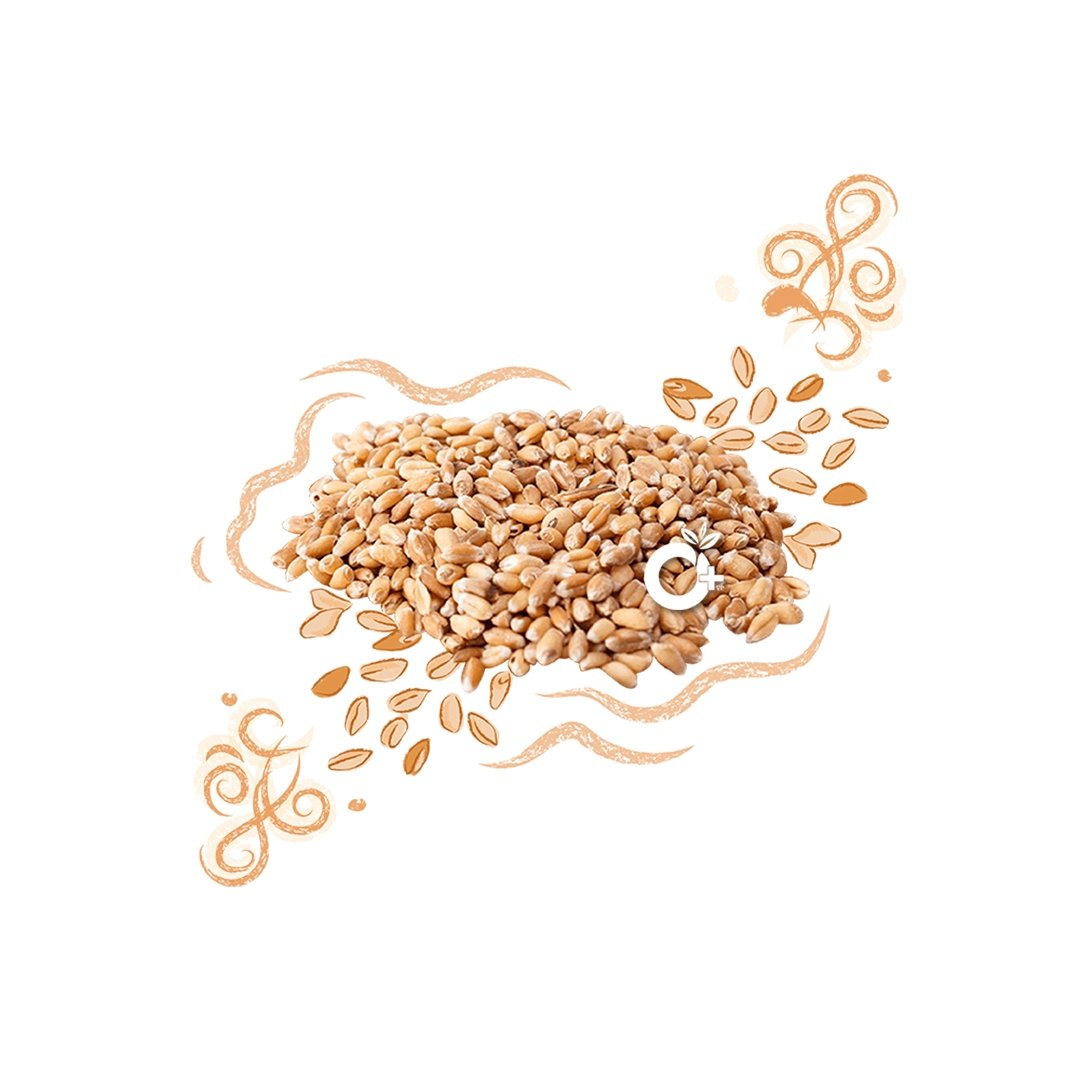




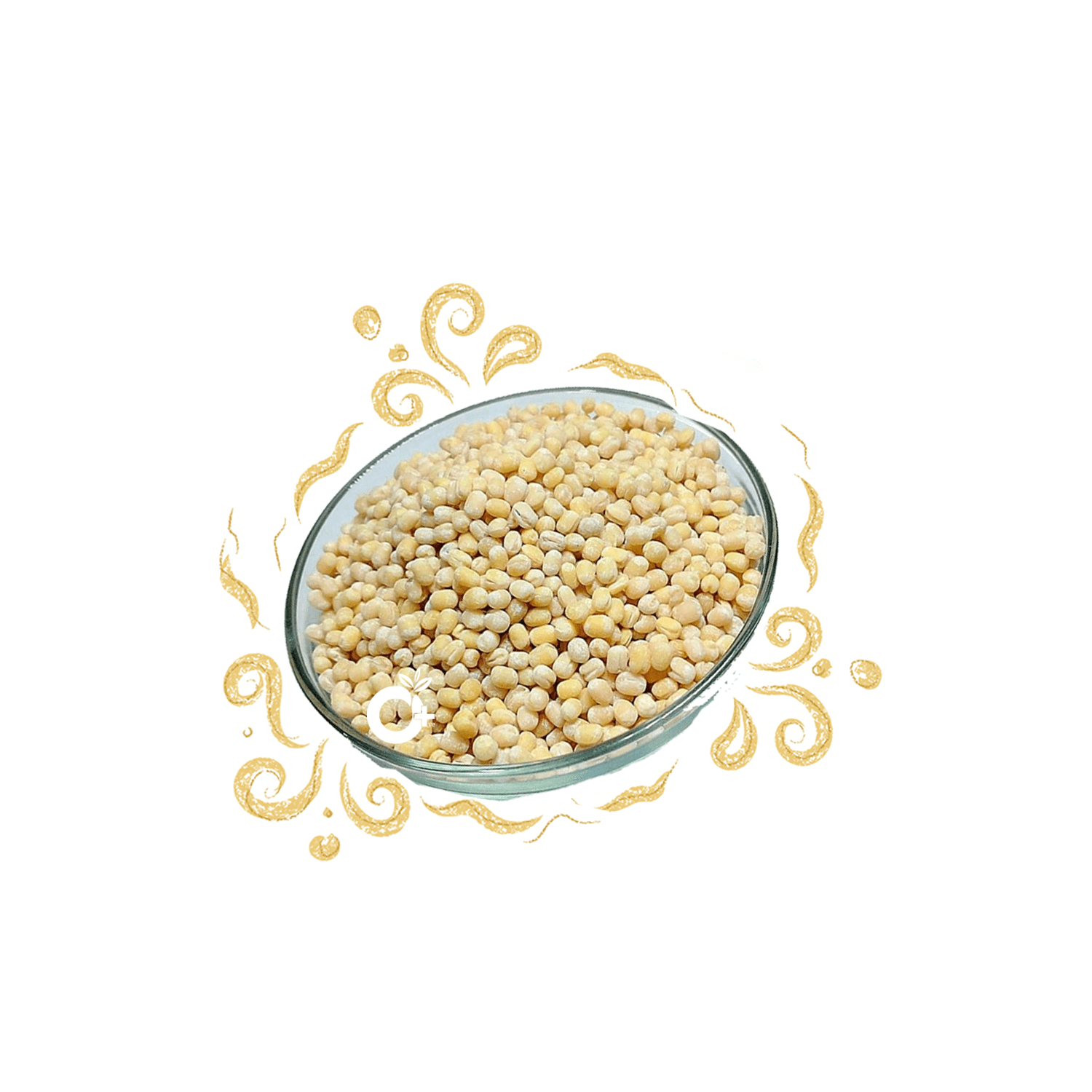
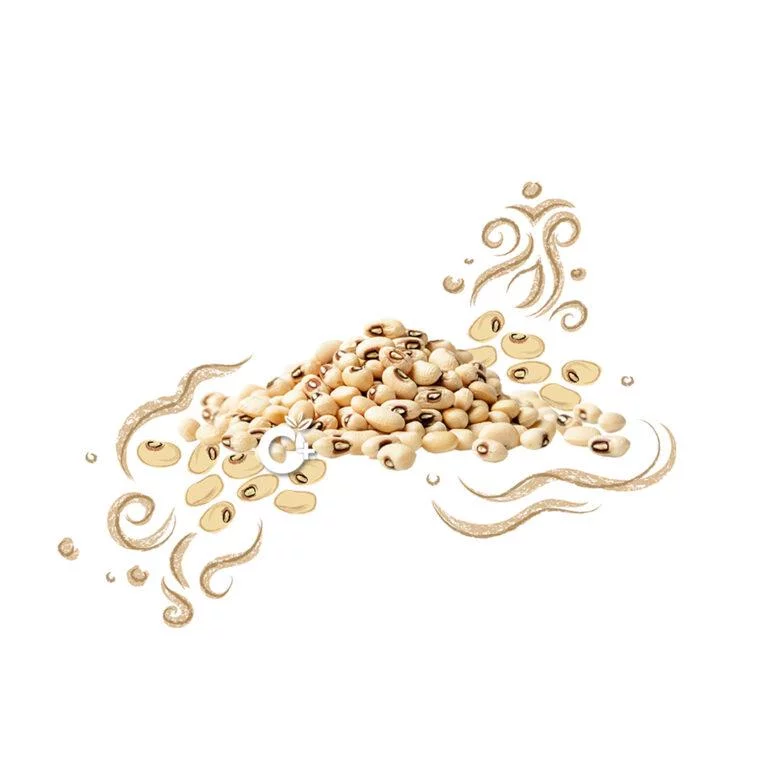
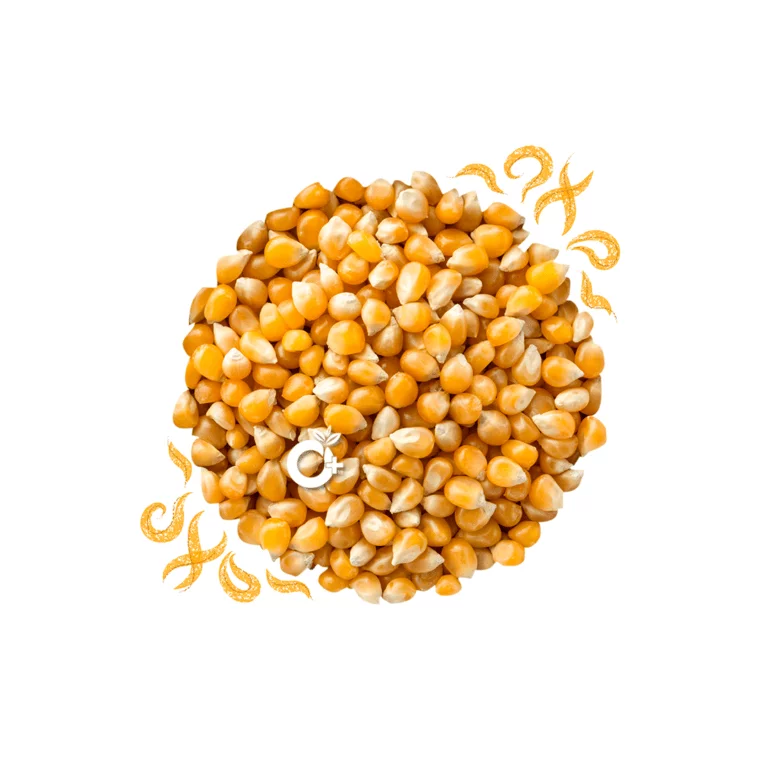
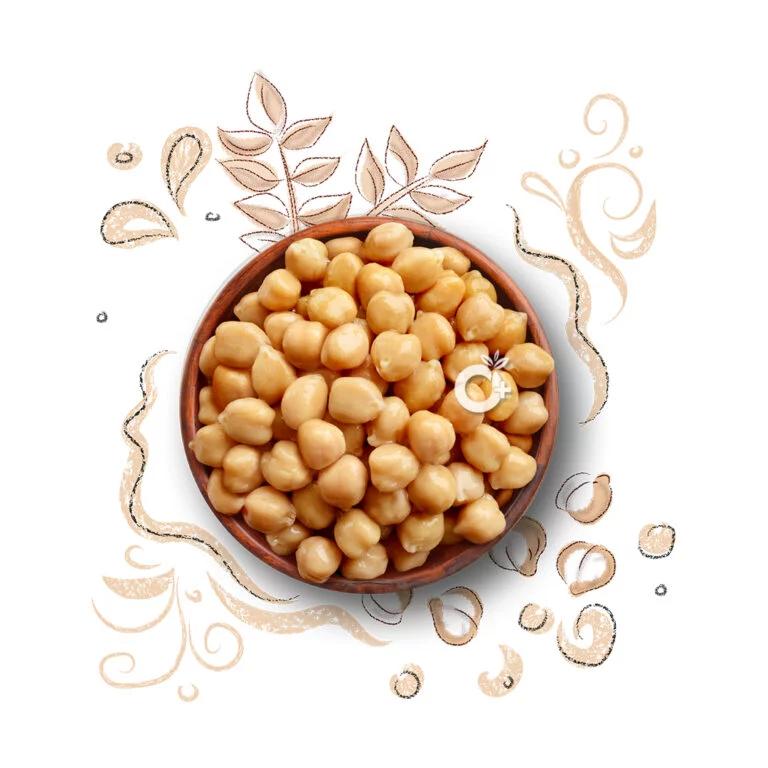


Reviews
There are no reviews yet.